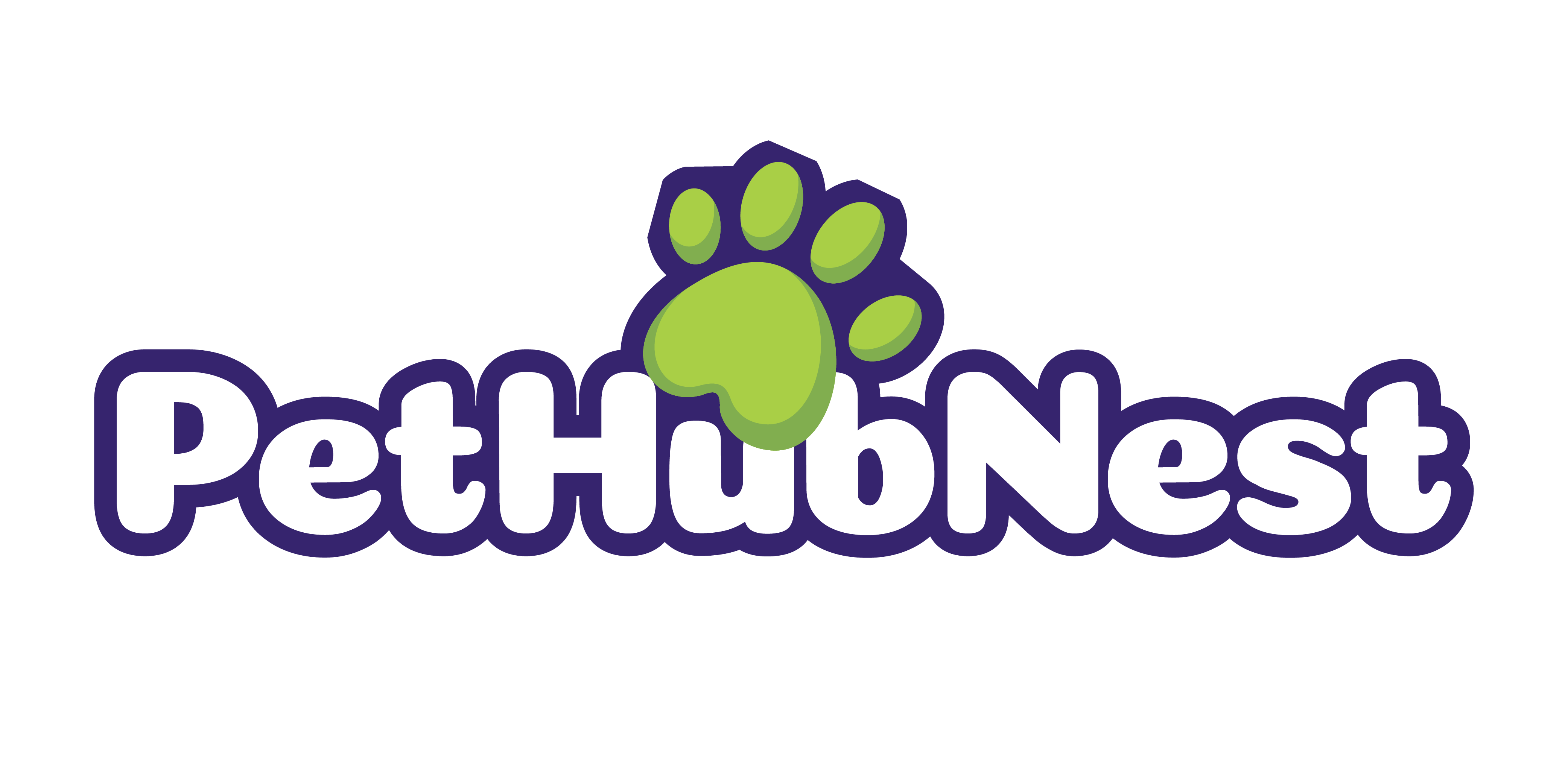This Week in Pet Health
Here’s what’s happening in the world of pet health right now, without the fluff. Vets across the country are reporting a rise in seasonal allergies—itchy skin, watery eyes, and chronic licking are topping the complaint list. They’re also seeing an uptick in arthritis symptoms, especially in older dogs and cats as the weather shifts.
Parasite prevention is another hot topic. With temps bouncing between mild and warm in many regions, fleas and ticks are hanging around longer than usual. Be sure your pets are on vet-approved prevention routines. And don’t skip those heartworm tabs.
As for the season, fall brings more than crunchy leaves—dry indoor air, less daylight, and cooler mornings can throw off your pet’s routine. Keep hydration high, bedding warm, and activity structured. A little planning now can save you stress (and vet bills) down the line.
Highlight: Trending Tips for Smarter Pet Care
Staying on top of your pet’s health doesn’t have to feel overwhelming. This week, we’re spotlighting small, smart changes that can lead to big results. From science-backed nutrition to time-saving routines, here’s what’s trending among pet care pros and experienced pet parents.
Smarter Nutrition, Backed by Research
Feeding your pet isn’t just about keeping the bowl full—it’s about supporting their health at every life stage. Recent studies are reshaping what we know about ideal pet nutrition.
- Whole vs. Processed Foods: Fresh and raw-based diets may offer improved digestion and energy over ultra-processed options.
- Tailored Diets: Science increasingly supports breed-specific and age-specific formulas for optimal health outcomes.
- Supplements That Work: Omega-3s, glucosamine, and probiotics are gaining vet approval for pets with specific needs.
Preventive Care That Pays Off
Proactive pet care can cut down future vet visits—and costs. Prevention doesn’t just save money; it adds quality years to your pet’s life.
- Annual Checkups: Often overlooked, but early detection is everything.
- Dental Care at Home: A few minutes a day brushing can reduce serious health risks.
- Vaccines and Parasite Control: Stick to a schedule to avoid seasonal illness and infestations.
Streamlined Routines, Healthier Days
Busy schedule? No problem. These simple changes help you cover the essentials while keeping stress low—for you and your pet.
- Consistent Feeding Times: Helps regulate appetite and digestion.
- Built-In Play Sessions: Scheduling short bursts of activity can reduce destructive behavior.
- Weekly Wellness Checks: A quick home scan keeps you alert to new lumps, changes in behavior, or grooming issues.
Staying current on pet care trends means you can avoid costly problems, reduce your daily workload, and keep your pet feeling their best—all without reinventing your routine.
Tool of the Week: Smart Gadgets Worth the Hype
Pet tech is exploding, but not all of it lives up to the marketing. This week, we’re cutting through the noise to talk about three gadgets that are getting buzz—and whether they actually deliver.
First up: auto-feeders. The solid models aren’t fancy, but they are reliable. Look for ones with backup power options and meal-size programming. Pet parents with irregular work hours swear by them. Bonus: they cut down on overeating and food anxiety in both dogs and cats.
Next: GPS collars. These have moved way beyond basic tracking. The best ones now offer real-time alerts the moment your pet leaves a designated zone. If you’ve got an escape artist or a curious cat, the peace of mind is worth it. The flashy downside? Some lower-tier models lag or have poor battery life, which defeats the point.
Then there’s wearable health tech. Trackers that monitor activity, heart rate, and sleep patterns are trending hard. For aging dogs or breeds prone to health issues, early alerts on changes in activity can be a legit game changer. But cheap knockoffs just spit out random data—skip those.
We checked in with pet owners in the field. Most agreed: tech is useful if it solves a real problem, not just looks cool on your pet. Thoughtful design and reliable data beat bells and whistles any day.
Training Focus: Better Behavior Without Stress
You don’t need to be a pro trainer to get real results. Start with simple cues your pet can actually follow: sit, stay, leave it. Keep commands consistent, rewards immediate, and training sessions short—10 minutes tops. Repetition and tone matter more than volume or fancy techniques.
For anxious pets, ditch the quick-fix pills unless you’ve exhausted other routes. Focus on creating calm environments and routines they can rely on—same walk window, same crate setup, same signals before you leave the house. Over time, predictability cuts down insecurity.
The key is building rhythm and trust. Pets respond best when they know what to expect. Feed them at set times. Keep play manageable. Don’t punish—redirect. If your dog barks at the door, teach a ‘go to mat’ command. If your cat scratches furniture, redirect to a post and praise heavily.
Behavioral change doesn’t start with control. It starts with understanding. Reduce the triggers, increase the positive feedback, and keep things steady. It’s not about dominance—it’s about communication.
Reader Q&A: Real Problems, Real Advice
This week, we took a few of your most common pet struggles straight to the experts. Simple problems can throw off your whole day, so here’s some no-nonsense advice that actually works.
Q: My dog’s a night barker. Do I have to choose between sleep and sanity? A: You’re not alone. Dogs often bark at night because they’re bored, anxious, or reacting to subtle sounds. Try giving them a winding-down routine—short walk, low-energy play, treat puzzle. Also, blackout curtains or a white noise machine can help block out external triggers. If it continues, rule out medical causes with your vet.
Q: My cat refuses to eat their new vet-recommended food. Any tricks? A: Switch slowly. Mix a teeny amount of the new food into their regular one, then gradually increase it over 7–10 days. Warm up wet food just a bit to release aroma. Most cats hate sudden change—respect the drama, manage the transition.
Have a pet dilemma you want solved? We feature new ones each week. Send us your question and we might include it in the next issue—with expert insight you can use, minus the fluff.
Spotlight: Change Driving the Pet Space
Pet care is evolving fast—and for once, it’s not driven by gimmicks. Real innovation is taking hold, designed to solve real-world issues for pet owners and the animals they love. At the top of the list? Sustainability. From biodegradable poop bags to refillable shampoo pouches, more brands are ditching wasteful packaging and swapping chemical-heavy products for eco-safe ingredients. It’s not just about being green—it’s about keeping pets healthy without loading up their environment with junk.
Next comes service. Digital vet visits are becoming the norm, not a luxury. With many providers offering 24/7 access and remote monitoring, pet care is inching closer to convenience without compromise. Even grooming and walking are leveling up, with apps that let you book, track, and tip all in one go.
Then there’s the tech—actual vet tech. Diagnostic tools once reserved for clinics are now being miniaturized for home use. Think smart thermometers, hydration sensors, and AI-driven health tracking apps that flag problems before your pet shows symptoms. Fewer emergency visits, more peace of mind.
These shifts aren’t part of some far-off future—they’re showing up now. Want the deep dive? Check out Innovations in Pet Care: What’s Trending in 2023.
Final Take: Staying Informed, Staying ‘Pet-Ready’
Small shifts in routine can transform your pet’s long-term health. We’re not talking about overhauling your life—just sticking to regular walks, measuring meals instead of eyeballing, brushing their coat a few times a week. These simple habits reduce the risk of obesity, joint issues, and preventable conditions that sneak up over time. It’s about stacking minor improvements that add up.
Here are a few things you can do this weekend:
- Swap out one treat per day for a healthier option (think freeze-dried liver or green beans)
- Try a 10-minute play session dedicated to mental stimulation—puzzle toys or scent work go a long way
- Set a reminder to check food and water bowl cleanliness. Sounds basic, but it matters
And next week? Keep an eye on new findings in pet dental care—some promising data is expected on water additives making waves in vet clinics. Plus, we’re breaking down eco-safe flea and tick prevention in response to growing reader interest.
When it comes to pet care, the goal isn’t perfection. It’s showing up consistently, making mindful tweaks, and staying curious. Little actions = lasting impact.


 Annelina Pierceric is a dedicated author at pethubnest She shares practical insights on pet care, exploring new ways technology can support healthier and happier lives for pets.
Annelina Pierceric is a dedicated author at pethubnest She shares practical insights on pet care, exploring new ways technology can support healthier and happier lives for pets.


